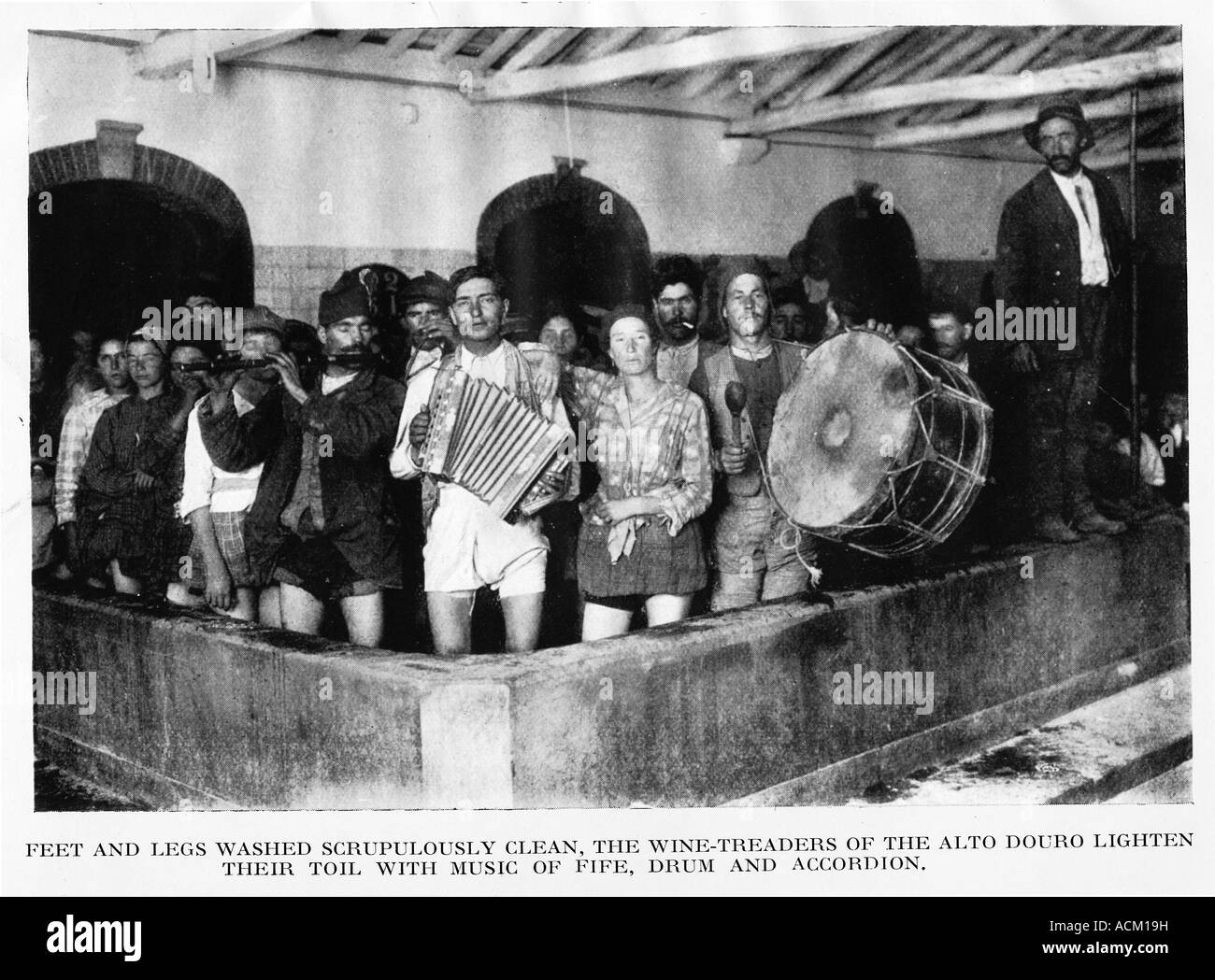"I certainly feel like I'm very much a part of the American dream." (Roberta Estobar)

Alto Douro wine region of Portugal courtesy http://whc.unesco.org/en/list/1046.
Roberta Estobar was born and raised in Portugal where her father ran a rubber plantation. Her mother taught school to the children of the plantation workers in a building with a dirt floor and tin roof. Living in a subtropical country, they constantly battled mosquitoes. Roberta contracted malaria and was treated with quinine. Feverish, she alternated between hot flashes and cold sweats, on the verge of a coma. The doctor recommended that she, along with her father who had also contracted the disease, leave the country.
Roberta's mother nursed her and her father on the boat ride to Portugal. They settled in a suburb of Porto, Once Roberta and her father's health returned, they used to dance in the kitchen to the church chimes. Roberta played with her pet rabbits that she kept on their property. The countryside surrounding Porto had lots of vineyards. They would wash down the men's feet and legs and then the men would climb into giant vats and crush the grapes.

Wine treaders in Alto Douro region of Portugal courtesy
Roberta's father commuted two hours to work in the bank in the city. After three years, he realized there was no future in Portugal. His brother in law kept urging him to come to America. The family booked a cabin on the S. S. Olympic in 1925. At Ellis Island, they gave Roberta biscuits and milk. After a few months, her father found work at a New York City factory. That day, he played the violin, an instrument he had first learned when he was seven years old. Her mother was hired at the Ansonia Clock Factory. The family settled in Brooklyn.
While they did live in an immigrant neighbourhood, Roberta's mother shopped at English speaking stores in order to learn the language. Roberta quickly picked up English once she started school. Mrs. Osley would look after Roberta when her parents were at work. Mrs. Osley was the first one to pull Roberta in a sled; it was the native Brazilian's first snowfall.
At 21, Roberta voted for the first time, giving her father's citizenship number. However, after hearing about a woman from Cuba denied the vote because she had been born in another country, she decided to pursue American citizenship. "I certainly feel like I'm very much a part of the American dream," explained Roberta.

Ansonia Clock made at the Brooklyn Factory which operated from 1851 to 2006 courtesy https://www.pinterest.com/pin/482588916295733855/.
No comments:
Post a Comment